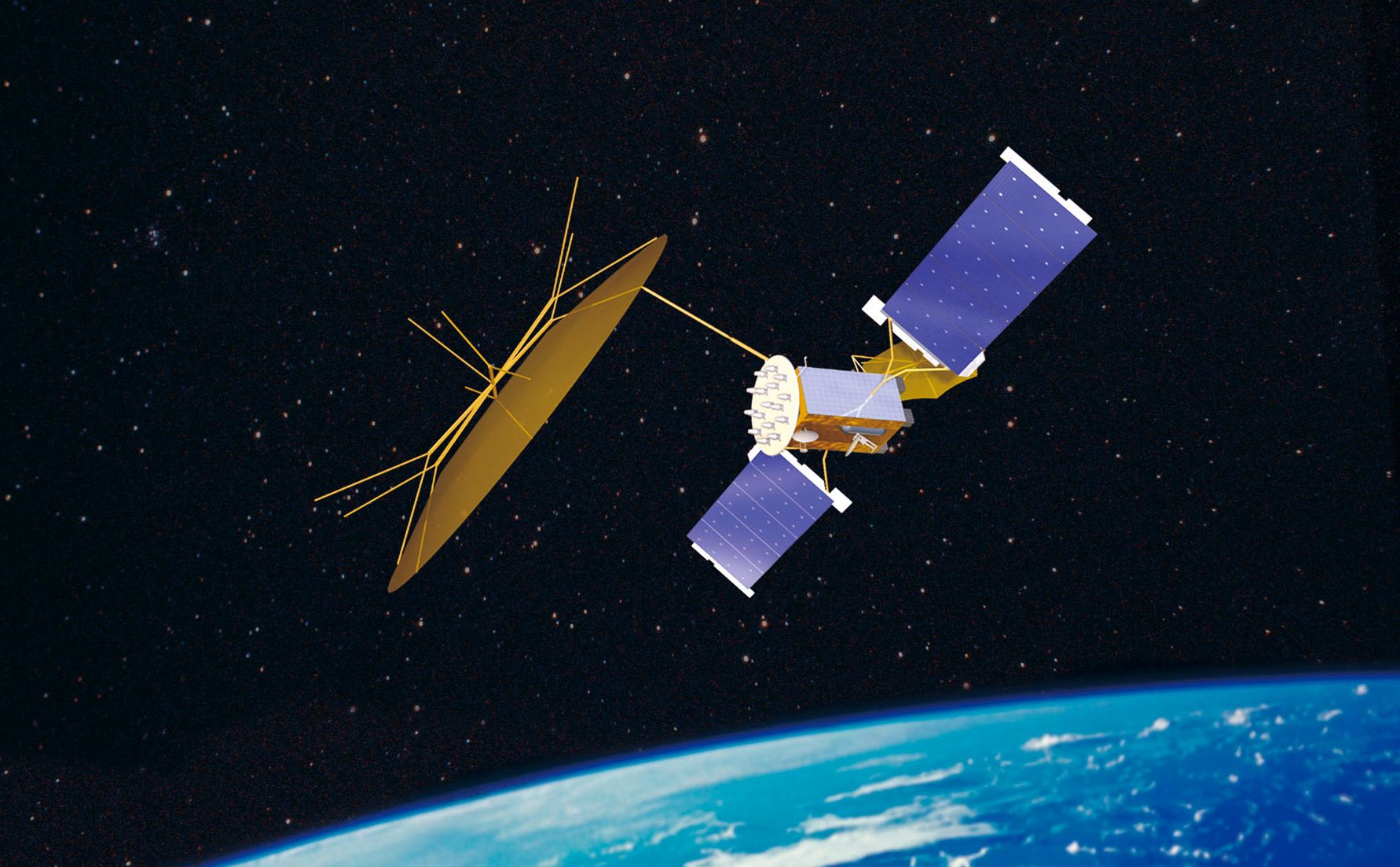Talon News, WASHINGTON– The Defense Department's CIO said on Friday that it planned to integrate its high-tech weaponry, battlefield sensors, and other communications systems with the next generation Internet operating system by 2008.
John Stenbit, the Pentagon's chief information officer, said the current system, IPv4, which has been in use by the Defense Department for nearly 30 years, was not reliable or secure enough to meet the needs of today's high-tech military.
The new Internet protocol, known as IPv6, will facilitate integration of the essential elements of DOD's Global Information Grid — its sensors, weapons, platforms, information, and people. Adoption of the new standard also promises to expand availability of IP address space, improve end-to-end security, facilitate mobile communications, enhance quality of digital services, and ease system management.
The Pentagon foresees soldiers equipped with IP cameras and communications gear. The wide v6 address space will allow the military to link all personnel to the Internet and let them communicate without a base station.
Stenbit signed a policy memorandum June 9 that outlines DOD's transition to the new protocol by 2008. That year was chosen because most experts estimate widespread commercial adoption will take place from 2005 to 2007, he said.
“We want to make it clear to our programs' major development activities that come on line in the 2008-2010 timeframe that the IPv6 standard, as it evolves, will be the department's standard,” he said during the Friday Pentagon press briefing.
The Internet is running out of address space, and people are increasingly accessing the Web from mobile devices such as laptops, PDAs, and cell phones. Although no one knows when all potential addresses will be appropriated, most experts see the window closing in five to ten years. Four billion addresses just won't be enough for every network device on the planet.
To meet this new demand, the Internet Engineering Task Force, the controlling standards body for the Internet, has upped the number of digits used per Internet address from 32 to 128. The next-generation IPv6, will offer possibly 35 trillion addresses, which should solve the address shortage for a while.
IPv6 will preserve everything that's good about today's Internet Protocol, while adding much more, including unlimited address space; seamless mobility; automated network management; and mandatory security that would protect the Internet better from viruses and other attacks.









